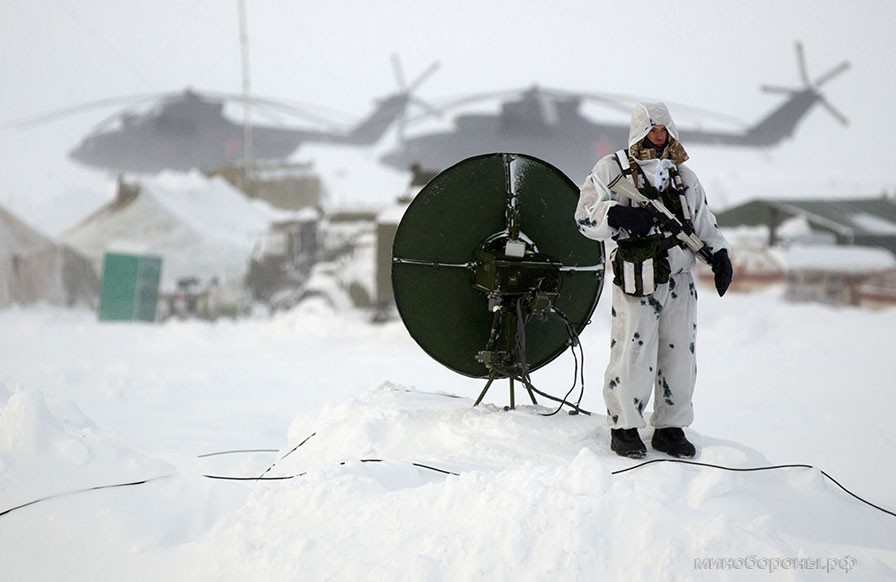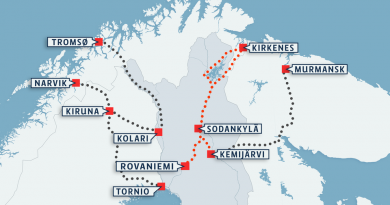Russian Northern fleet is training for a drone attack on Severomorsk naval base

In an exercise held in the Northern Fleet headquarters city this week, military engineers, medics and representatives of radiation, chemical and biological protection forces were drilled in coping with the consequences of a drone attack.
Apparently, air defense systems were unable to hinder enemy drones from entering the strategically important air space over the Kola Peninsula. A military object was hit and an emergency broke out.
Behind the attack were enemy sabotage groups, and the personnel involved in the training were to locate the site of the attack and handle damage, the Northern Fleet informs.
This time, it was only training. But the Russian Armed Forces seem to have a growing fear that the Ukrainians could also target the far north.

The exercise took place as Ukrainian drones repeatedly attacked Russian territory. Over the past weeks, military and industrial objects located several hundred kilometers away from Ukraine have been hit and destroyed.
The Kola Peninsula houses the Northern Fleet and has bases for submarines, surface vessels, naval infantry and large weapons depots. The region also has strategically important infrastructure such as the Olenya air base. From this base, Russian strategic bombers regularly set out on terror bombing raids against Ukrainian cities and towns.
A Norwegian military expert recently told the Barents Observer that the Olenya base is an obvious target for the Ukrainians.
The base is located more than 1,800 km from Ukraine, but Ukrainian sabotage groups are operating deep inside Russia.
“Given that Ukrainian operatives are in Russia, one cannot exclude a sabotage or another form of attack to, first of all, undermine the Russian military capability, as well as to humiliate Moscow as a measure of psychological warfare,” Katarzyna Zysk, a professor at the Norwegian Institute of Defence Studies, said.
She believes that the Olenya airbase is undoubtedly on the Ukrainian forces’ radar, although sabotage actions would be challenging to carry out, considering the region’s remoteness and climatic conditions.
Severomorsk is the headquarters base of the Northern Fleet, the most powerful of Russia’s five fleets. It is located almost 2,000 km north of Ukrainian territory.
According to Professor Zysk, an attack against targets in the Kola Peninsula could stir increased regional tensions.
“It would certainly invite stronger protective measures from Russia and could be used to spread theories about Western involvement, thus alleviating the humiliation and exploiting the event to garner public support or at least weaken the criticism,” she told the Barents Observer.
“Depending on the circumstances of the attack, if Russia would have doubts about a possible indirect Western support, it could contribute to increased regional tensions, not least in the context of changes taking place in the strategic landscape following Finland’s and soon Sweden’s joining of NATO,” Zysk said.
Related stories from around the North:
Canada : Canadian military says it has tracked, stopped China surveillance in Arctic waters, The Canadian Press
Finland: Russian cyber attacks, espionage pose growing threat to Finnish national security, Yle news
Iceland: Iceland authorizes U.S. submarine service visits, Eye on the Arct
Norway: Russian jamming disrupting GPS signals for Norwegian aviation almost daily, The Independent Barents Observer
Russia: Russia’s brand new warship heads to Arctic base, The Independent Barents Observer
Sweden: Swedes must mentally prepare for war, says military top brass, Radio Sweden
United States: U.S. nominates Alaskan as first Arctic ambassador, Eye on the Arctic



